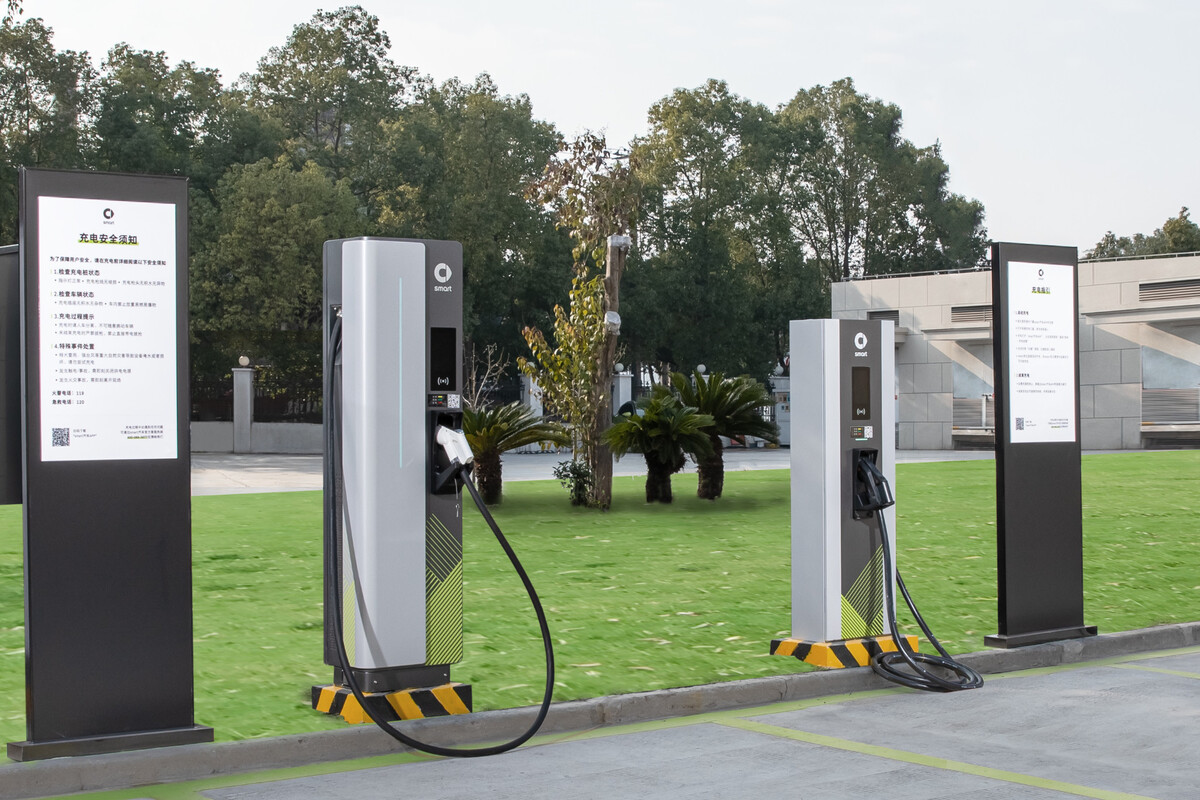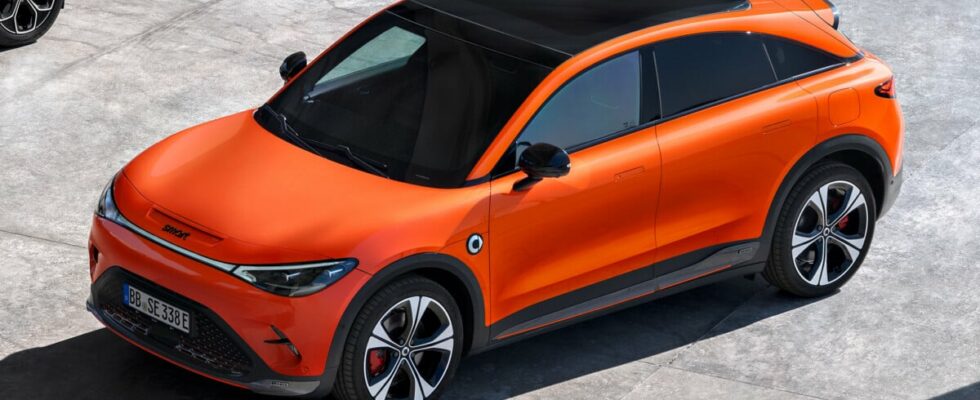Partly under the control of the Chinese group Geely (Volvo, Polestar, Zeekr, etc.) since 2022, Smart will soon offer a complete range of electric cars. And to be at the cutting edge of technology, the manufacturer will soon focus on 800 volt technology. Enough to drastically reduce the recharge time.
Smart recently announced a major milestone in the deployment of its charging infrastructure in China. In fact, the manufacturer has just installed its own charging stations on the Shanghai side, within its largest dealership. But these terminals also announce many other things, especially for future models to come.
The fast charging stations developed by Smart present interesting technical characteristics, with charging power of up to 480 kW and efficiency of 96%. The socket itself can deliver 600 A, with the possibility of increasing to 700 A in the short term (or approximately 560 kW).
Smart devices that will soon recharge as fast as lightning
According to Smart, this charging station allows you to recharge 400 km in just 8 minutes. Although the next Smart #5 is not explicitly mentioned by the manufacturer, this suggests a very rapid transition to an 800 volt architecture, the only one that can support such high charging power.

As a reminder, on the only two electric models currently offered by Smart, namely #1 and #3, direct current (DC) fast charging caps at 150kWallowing the 66 kWh battery to be recharged from 10 to 80 percent in about 30 minutes.
What are the advantages of an 800 volt architecture?
We are not going to repeat the entire argument for you on the benefits of an 800 volt architecture compared to 400 volts, we have put together a file specifically for this, but quickly, in a few words, 800 volts allows for faster charging and the battery receives more power from the charger.
With 400 volts, the energy loss is greater because the current is high. The latter creates resistance losses in the conductor (energy loss). It is therefore not optimal, especially at fast charging speeds.
This architecture is still not widespread on our current electric cars. The Kia EV6 and other Hyundai Ioniq 5 benefit from this in particular, but this is not the case for the Tesla Model 3 and Model Y. In a few figures, when a Kia EV6 goes from 10 to 80% battery recharge in 18 minutes, while a Tesla Model 3 requires 25 to 30 minutes for the same.
The 800 volt architecture also makes it possible to have smaller batteries, like Renault, because what is the point of having a battery ready for 1,000 km of autonomy if it only takes a few minutes to recharge one more small ?
